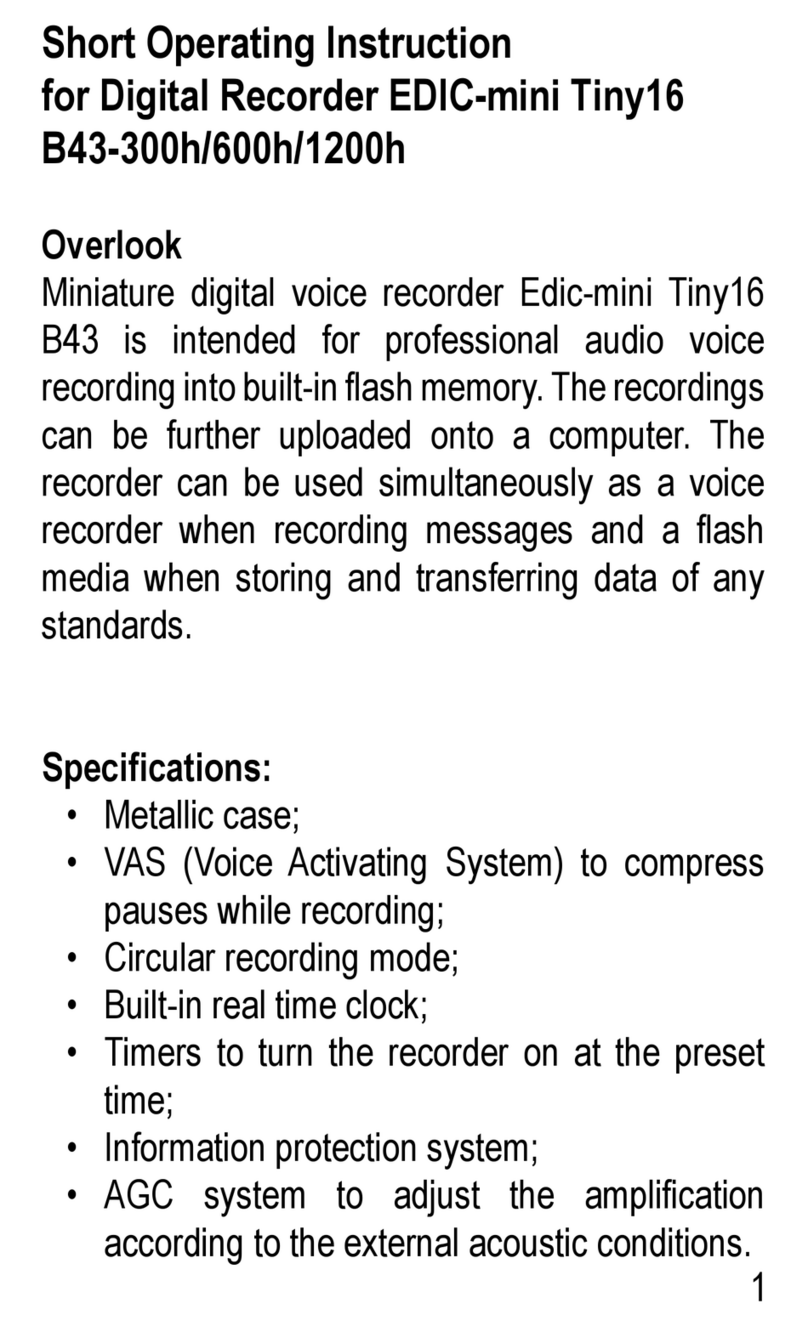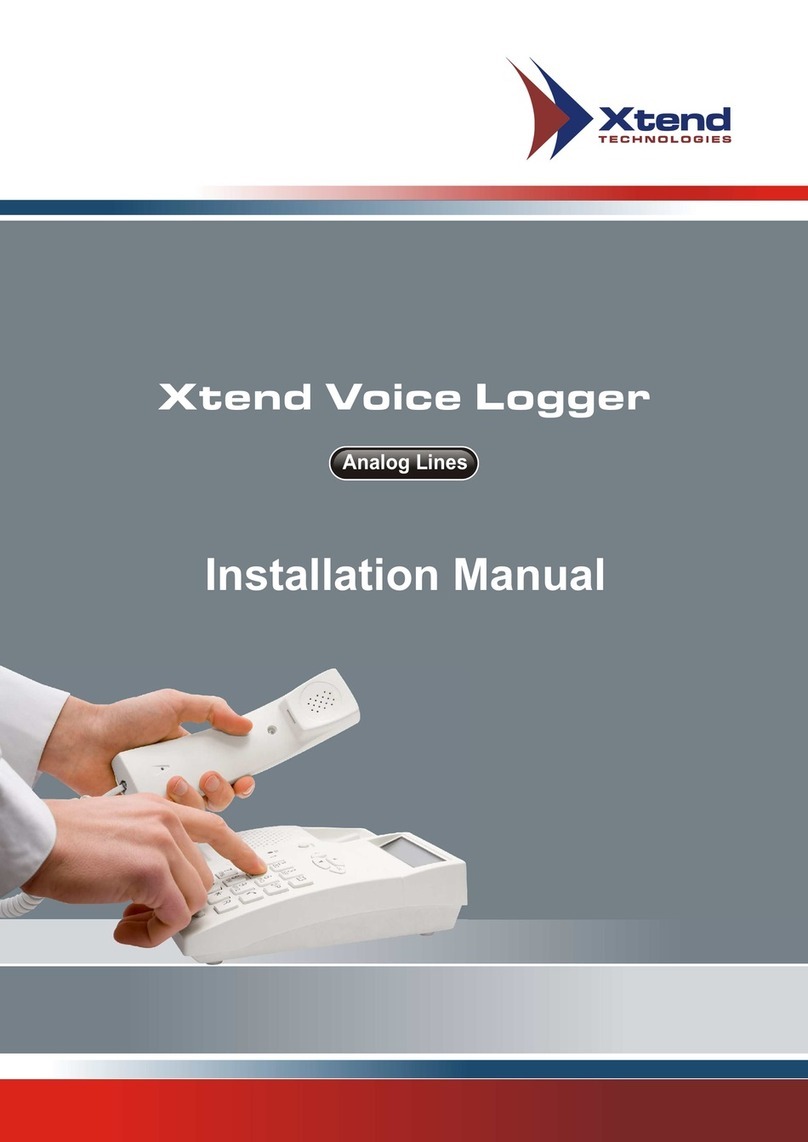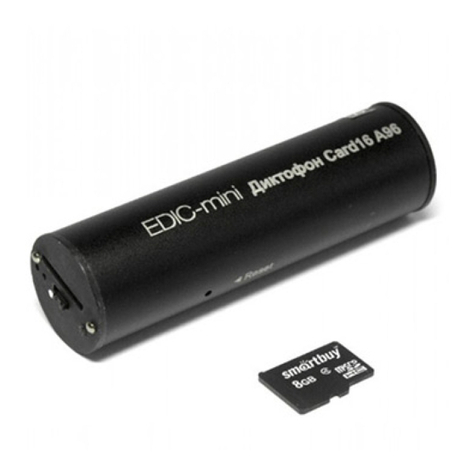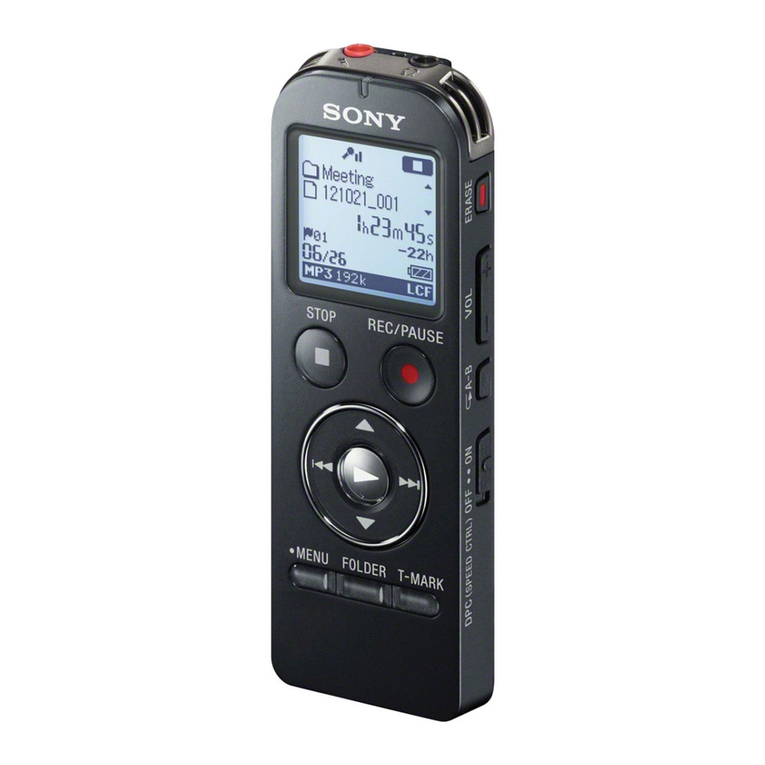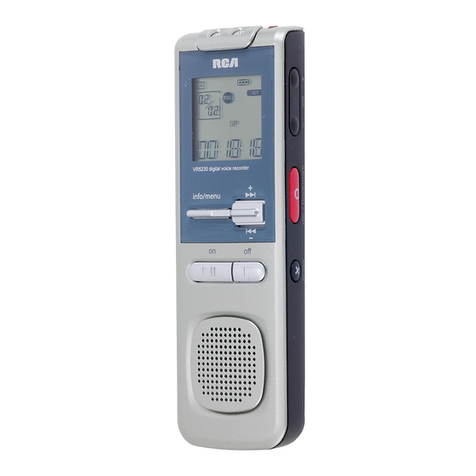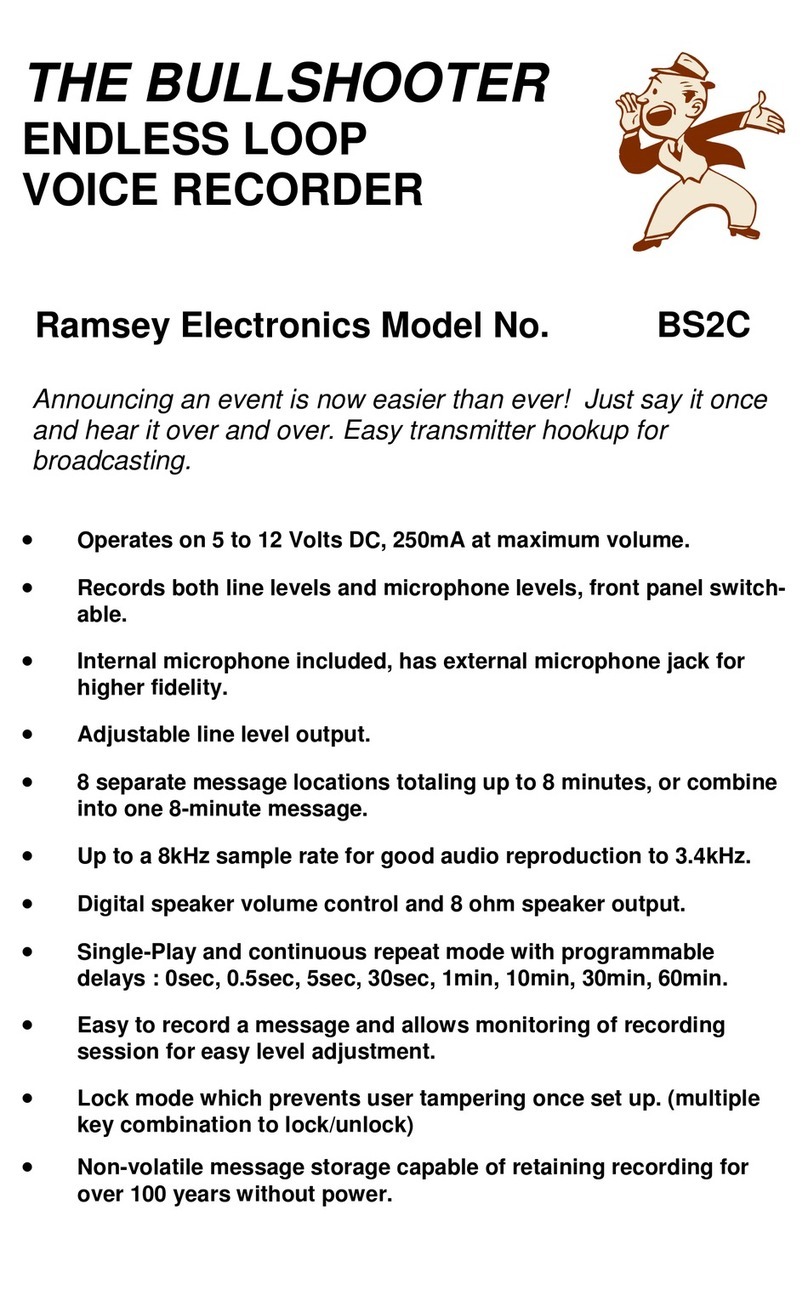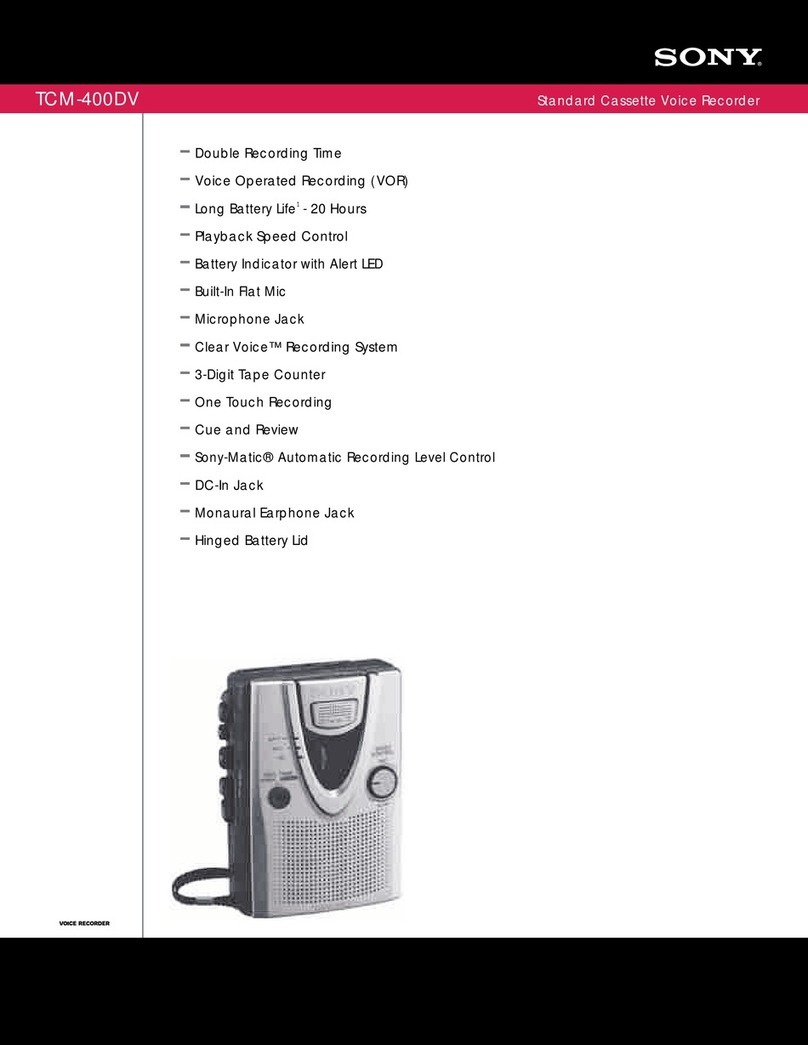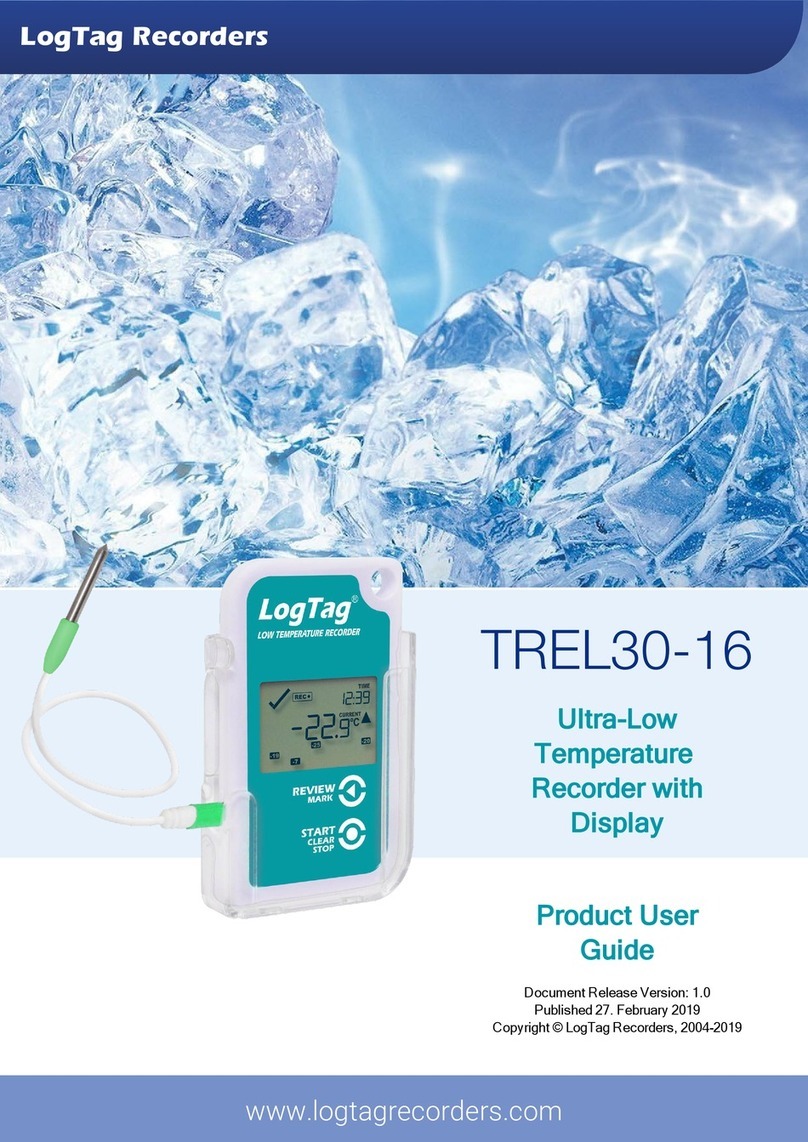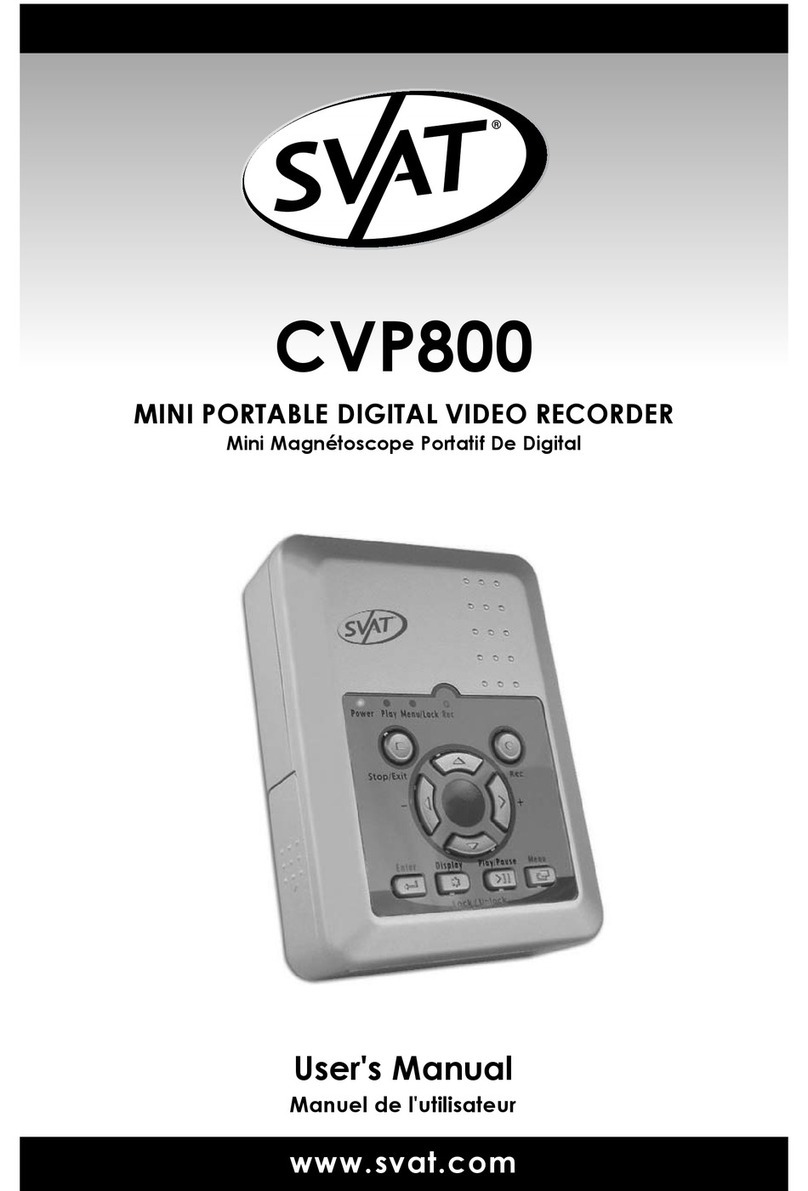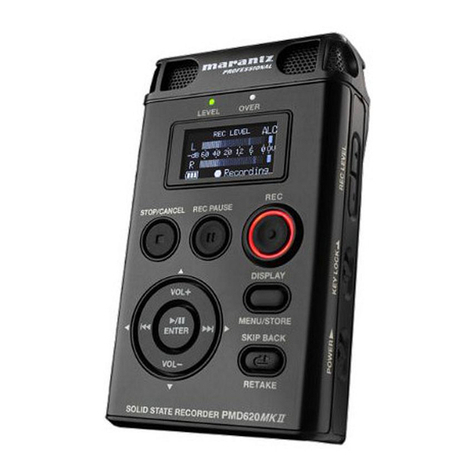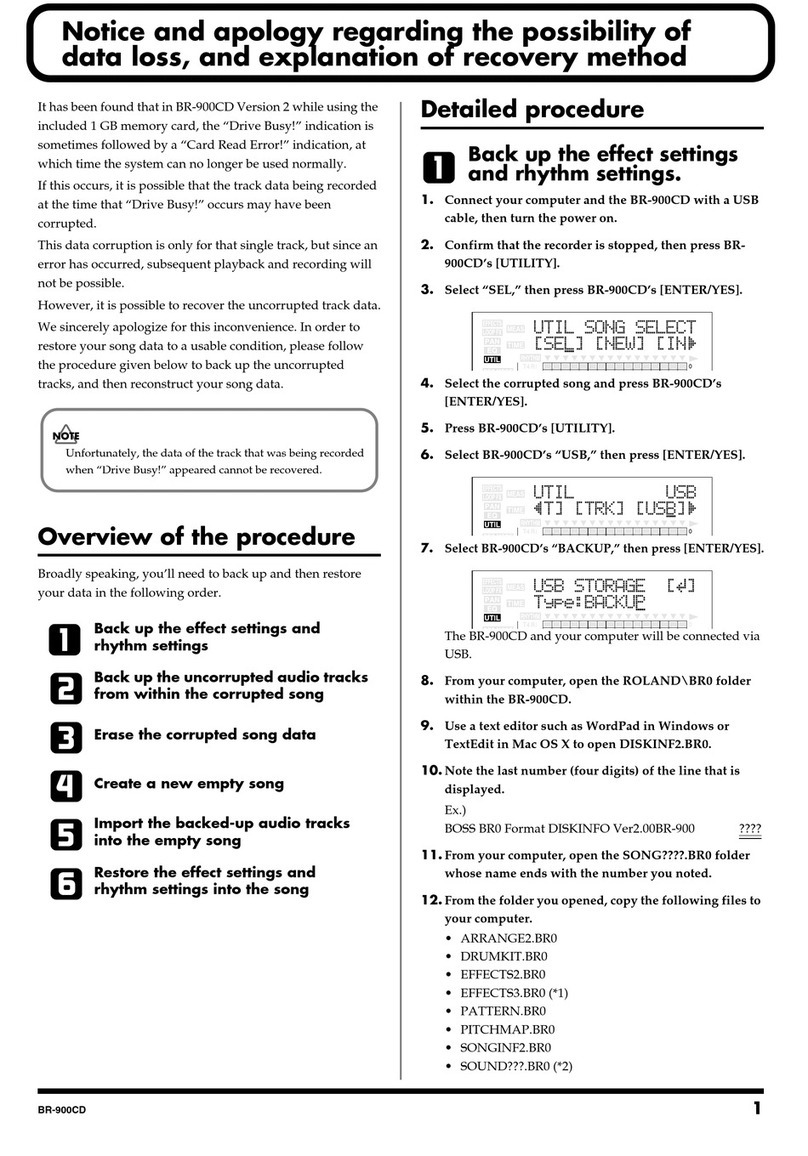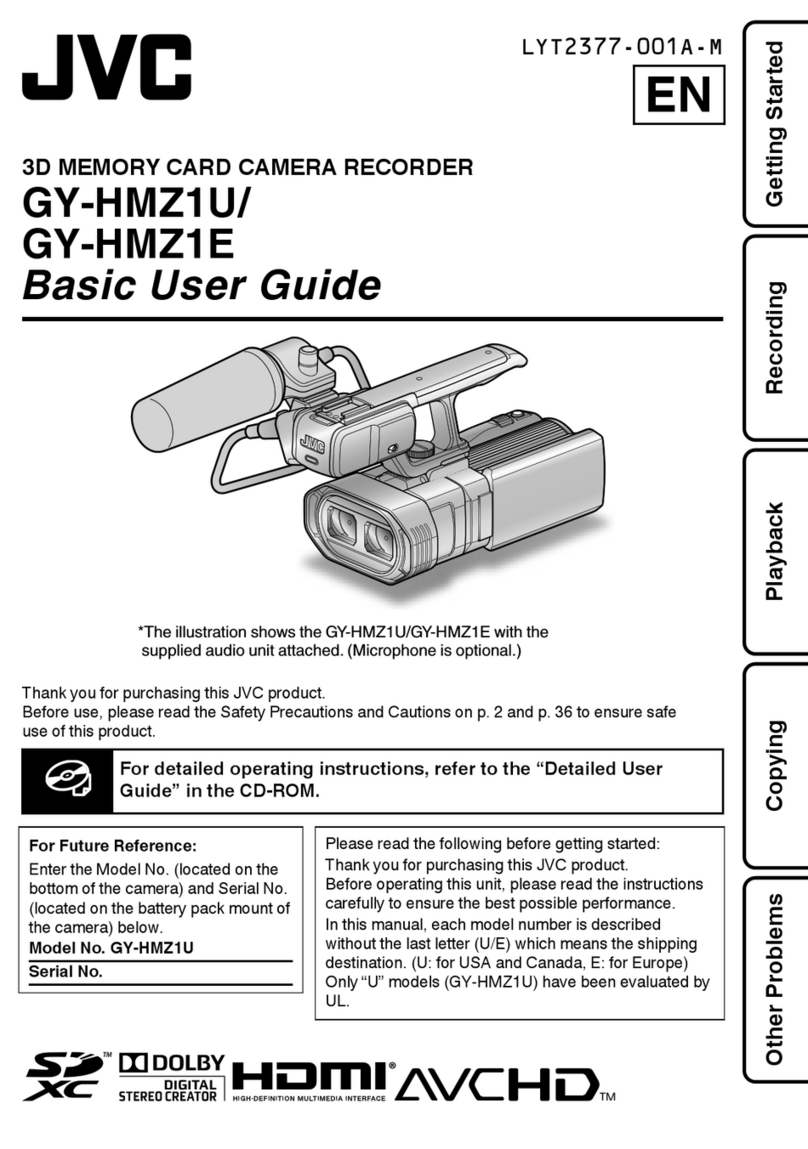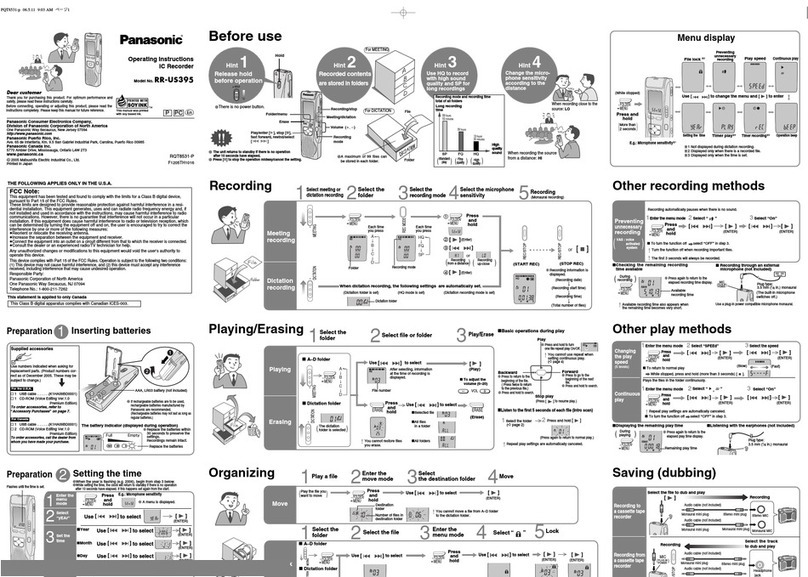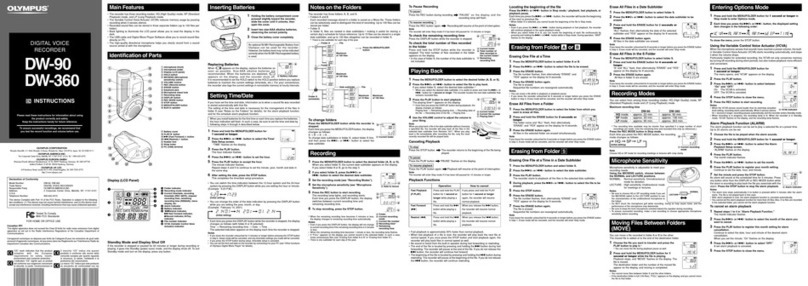
RS Products from PCB Load & Torque Toll-Free in USA 866-684-7107 716-684-0001 www.pcb.com
MODEL 962 RECORDER OPERATION MANUAL 5
GENERAL GUIDELINES
Operators should read this manual and become thoroughly famil-
iar with its contents before attempting to operate the Model 962
recorder. Following the safety considerations and operation in-
structions outlined in this manual will minimize the possibility of
accidents or injury. Although the procedures covered in this
manual have proven safe in use, PCB Load & Torque assumes no
responsibility for personal injury or damage to equipment result-
ing from their application. After reading this manual, personnel
should review all instructions concerning safety procedures pro-
vided at the installation location. It is not possible to cover all
safety considerations in this manual; therefore, always be alert
and work safely. Only qualified system operators should per-
form the procedures covered in this manual.
WARNING SYMBOLS AND TERMS
This symbol on the unit indicates that the user
should refer to the operating instructions locat-
ed in the manual.
This symbol on the unit indicates that high
voltage may be present. Use standard safety
precautions to avoid personal contact with this
voltage.
This system indicates safety, earth ground.
1.0 PRODUCT INTRODUCTION
The Model 962 Portable Data Recorder manufactured by PCB
Load & Torque, is a battery-operated, transient recorder with two
transducer inputs that can be used with torque-only, torque-angle,
or load transducers. It can serve as a portable threaded fastener
laboratory for measuring fastener torque, angle of turn, and
clamp load. Ideal for performing fastener analysis, for auditing
and certifying power tools, and for testing hand torque wrenches;
Model 962 is a cost effective, versatile, and easy-to-use recorder
that can collect numeric peak data, XY graphic plots, and store
the data to a thumb drive or PC. The data can be easily displayed
or printed on the PC running FastPlot2 software. The alphanu-
meric setup and calibration menus assure ease of operation. The
unit can be used with all RS Technologies' rotary torque-angle
and clamp force transducers and other conventional and industry-
standard strain gage transducers.
The Model 962 can print out a numeric data report that contains
basic information about the test along with time and date-
stamped data for peak torque, angle of turn, clamp load, and
torque at tension data. Statistics including high, low, mean, ±3
Sigma, etc. are calculated and included on this report. The nu-
meric test data and the graphic data can be uploaded to a com-
puter via the USB port using the FastPlot2 data transfer and plot-
ting utility. FastPlot2 can also provide additional graphic analy-
sis.
1.1 Equipment
Please review the packing list to ensure that all equipment or-
dered has been received. Depending on the order, it may include
any or all of the following (*indicates option at extra cost):
•Model 962 Recorder
•USB Cable (type A/B)
•FastPlot2 Software
•Battery Charger Module
•Carrying Case with Strap
•Calibration Certificates (for instrument & optional
transducers)
•Torque/Torque-Angle Sensor(s)*
•Fastener Load Washer(s)*
•Clamp Load Cell(s)*
•Transducer Cable*
•Load Cell Cable*
•Transducer Junction Box*
In the event that some equipment is missing or damaged, please
contact the freight carrier, your customs broker and the PCB
Load & Torque factory.
Indicates a potentially dangerous situation, which can lead to mi-
nor or moderate injury or property damage. It may also be used to
alert against unsafe practices.
Indicates a potentially dangerous situation, which can lead to se-
vere personal injury or death. Always read the associated infor-
mation very carefully before performing the indicated procedure.
Indicates an imminently dangerous situation, which can lead to
severe personal injury or death.
